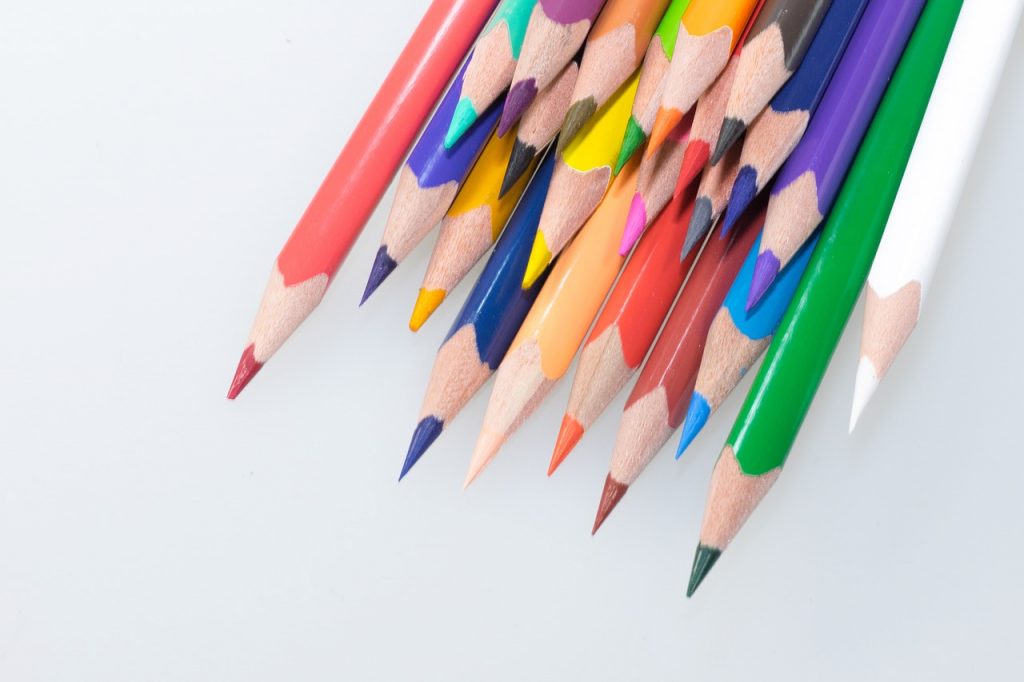Early Writing Skills – How to start your child’s writing skills by Danny Lydon
A child’s development of early writing skills doesn’t start the first time they pick up a crayon, there are behaviours and physical elements of development that need to take place to support their fine motor movements. Children have to learn to do things BIG before they can learn to do them small.
Supporting a child’s ability to hold a pencil or crayon effectively can be started from a young age by encouraging activities such as block play; starting with large scale blocks that support the development of large motor skills, over time introducing blocks that are smaller and creating structure that require a very basic use of precision and hand eye co-ordination to stack the blocks on top of each other or connect them together. As a child gets older the complexity of structures will naturally increase with their growing imagination and with this the need more finite movements using mainly their fingers, rather than their whole hand to lift, transport and connect construction materials.
A wide range of resources is not required for this, it can be started using empty cardboard boxes and for smaller items, making towers from coins or joining straws together.
The formation of letters and words, particularly their name is something a child will always show high levels of interest in. Providing them with words or dots to trace over is not the most effective way to help them in developing this skill. Before even attempting to form letters, your child must discover which is their dominant hand and the one they feel most comfortable using whilst mark making. To achieve this:
- Start big! Provide larger scale mark making activities such as paint on a table sand/water in a large tray. Encourage your child to make marks using both hands. Include movements such as circles, spirals and straight lines to create a range of patterns. As this extends begin to include more complex movements such as a ‘figure of 8’ – you could always lay a sheet of paper over this afterwards to take a print of it that can be kept.
- As you get smaller – using large sheets of paper provide mark making materials such as crayons, chalks and pencils; create the same shapes and patterns as above. Ideally have two items to mark make with, still encouraging your child to use both hands, until they find their preference for one over the other. Where possible, use items that are smaller in size that your child’s hand, that way they will have to utilise their fingers to make the marks which will further support the fine motor development needed to hold a pencil or pen correctly.
- Role model – introduce your child to writing for a purpose; for example as you make your shopping list for the supermarket, write a list with your child that you can each take with you. Let them see the items you have listed and copy them down.
Effectively promoting the basic, pre-writing skills required your child will be more likely to develop neat, flowing hand writing as they follow their journey through school and beyond.
My role is to support Nursery Managers and their teams in developing their teaching practices to secure the best learning and development outcomes for the children in their care

